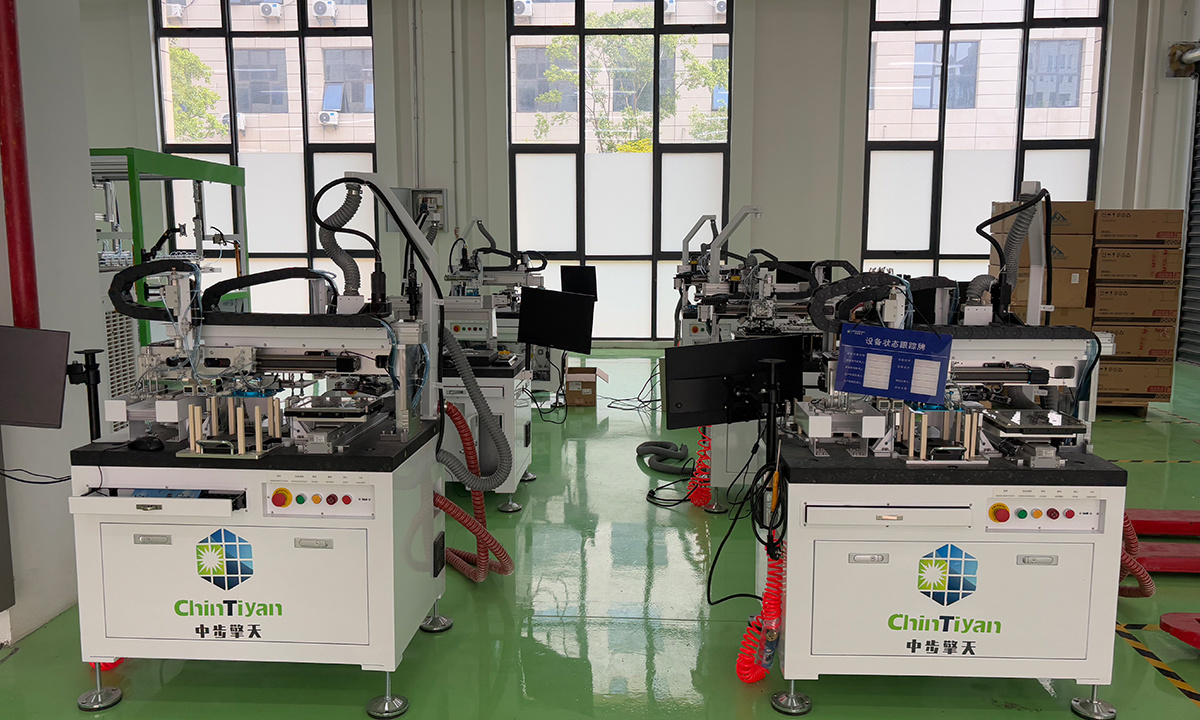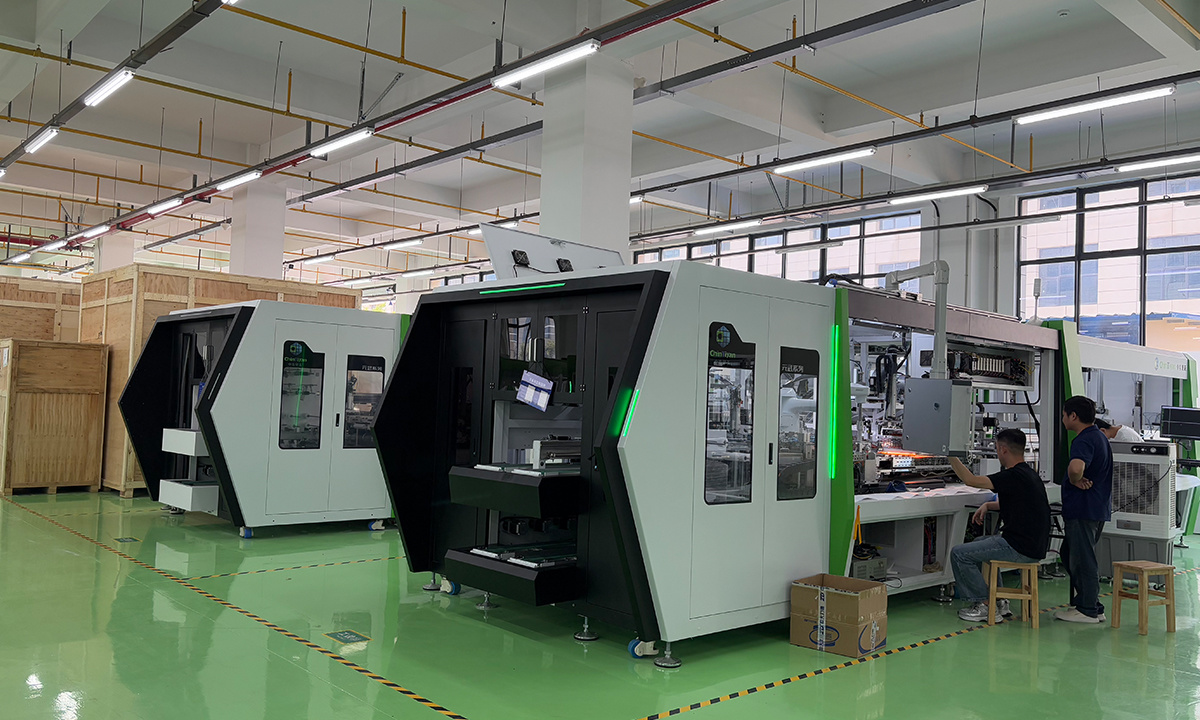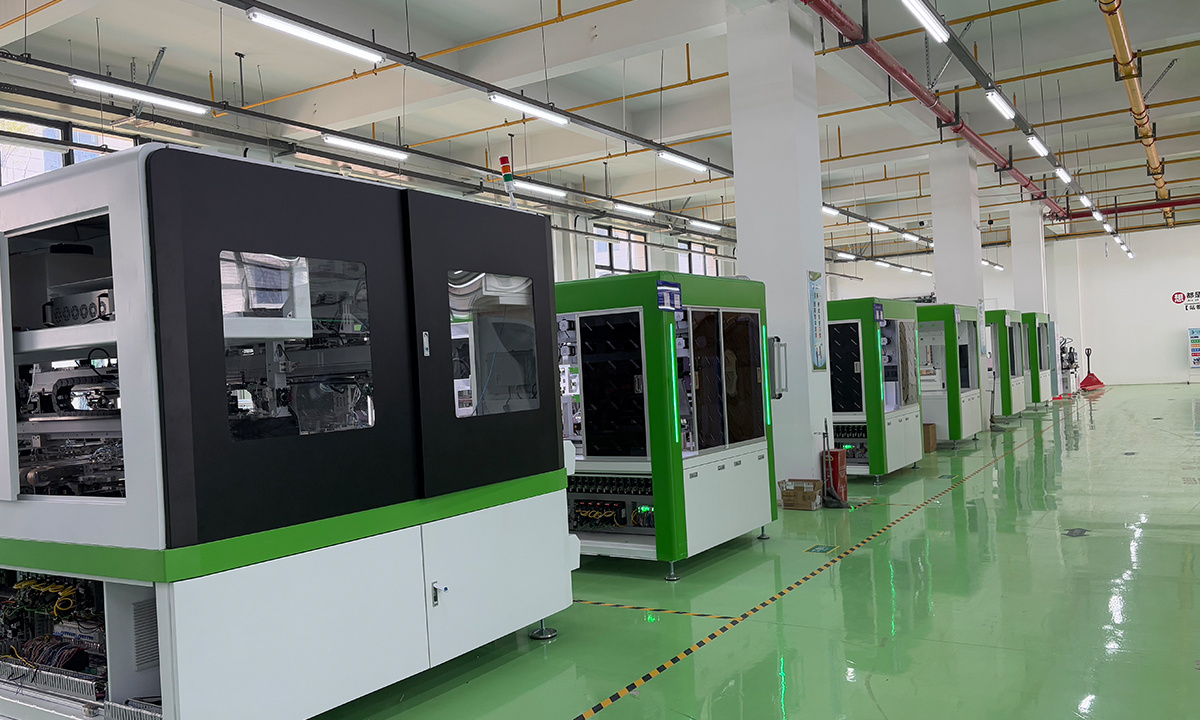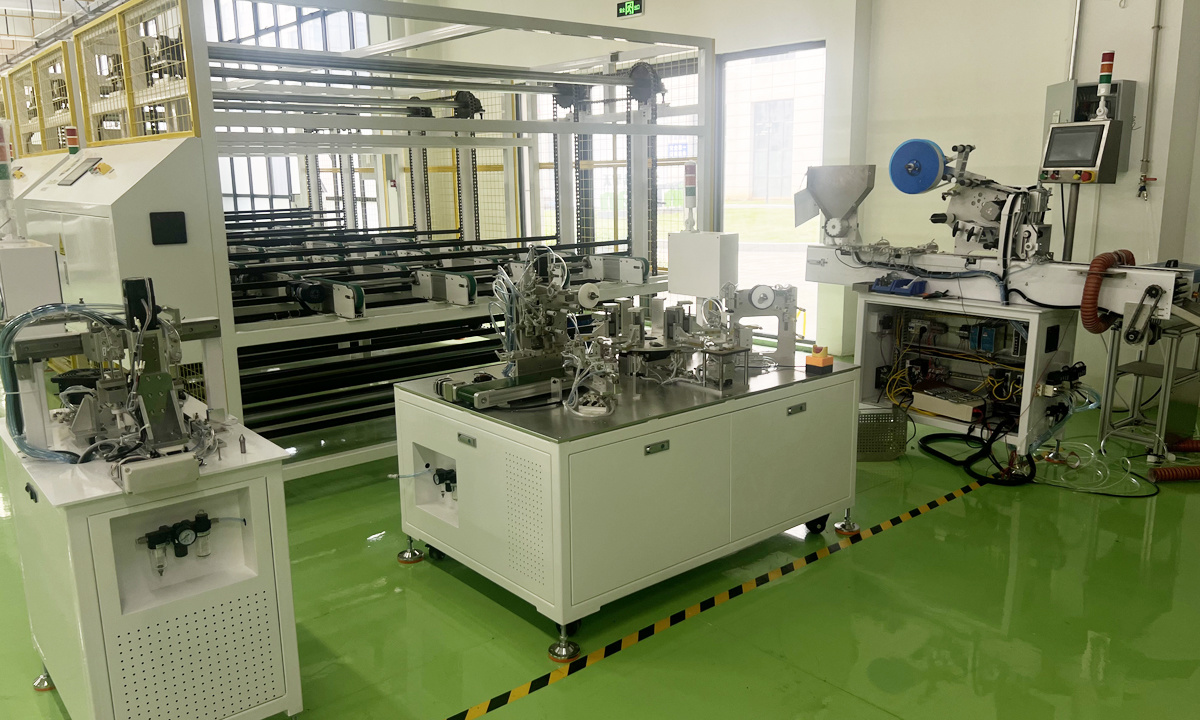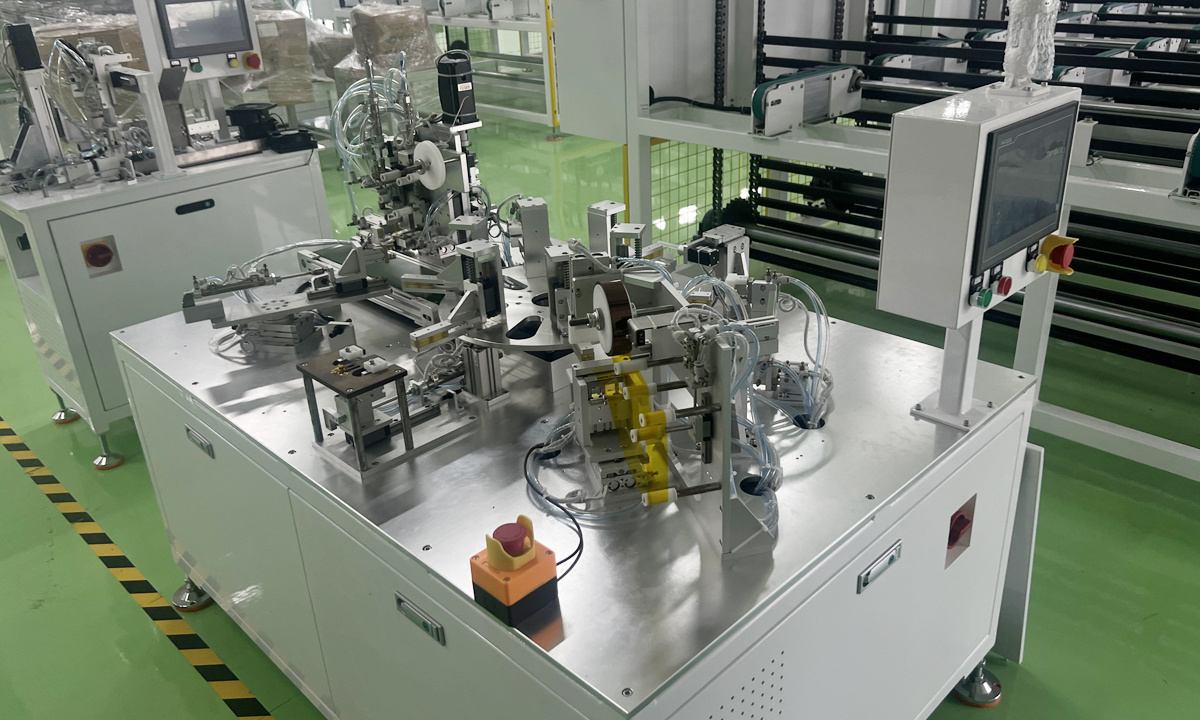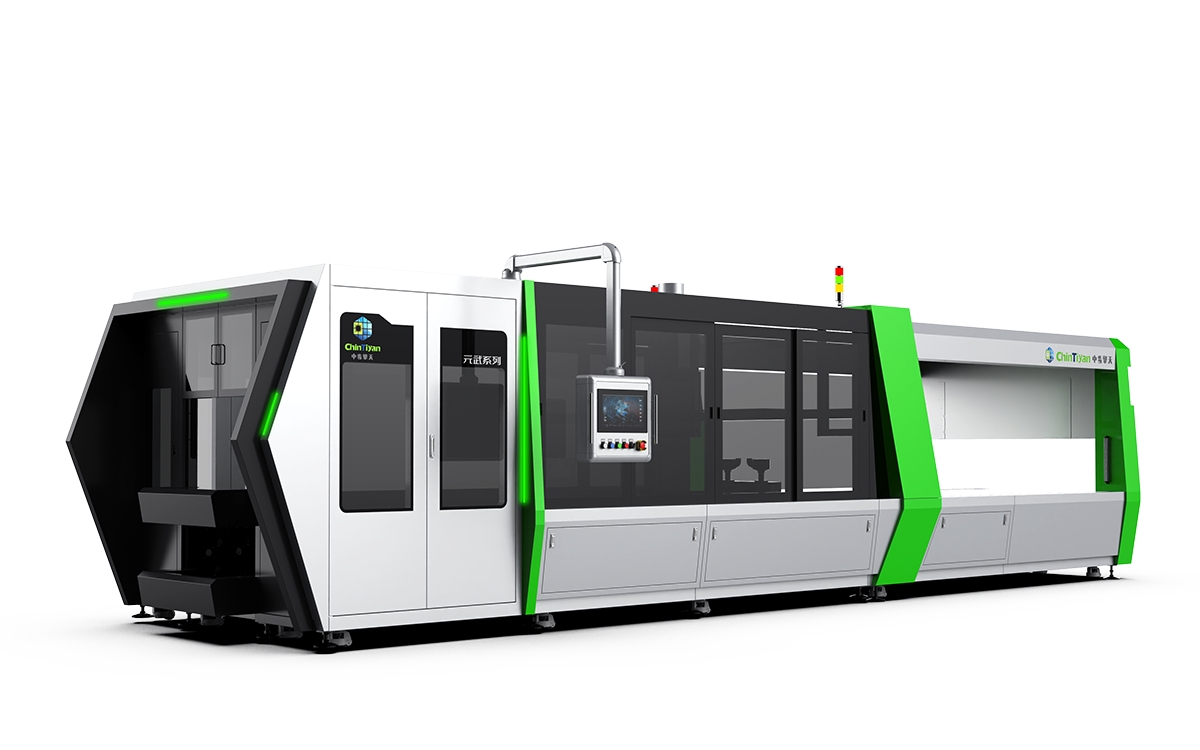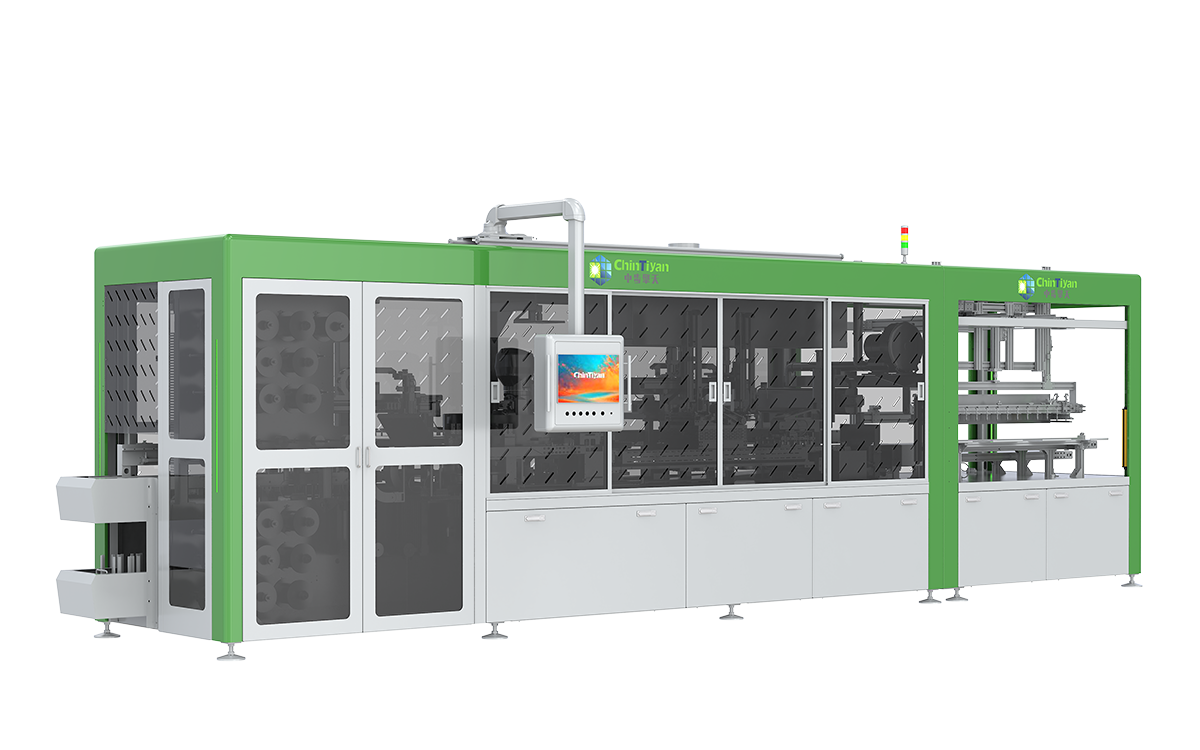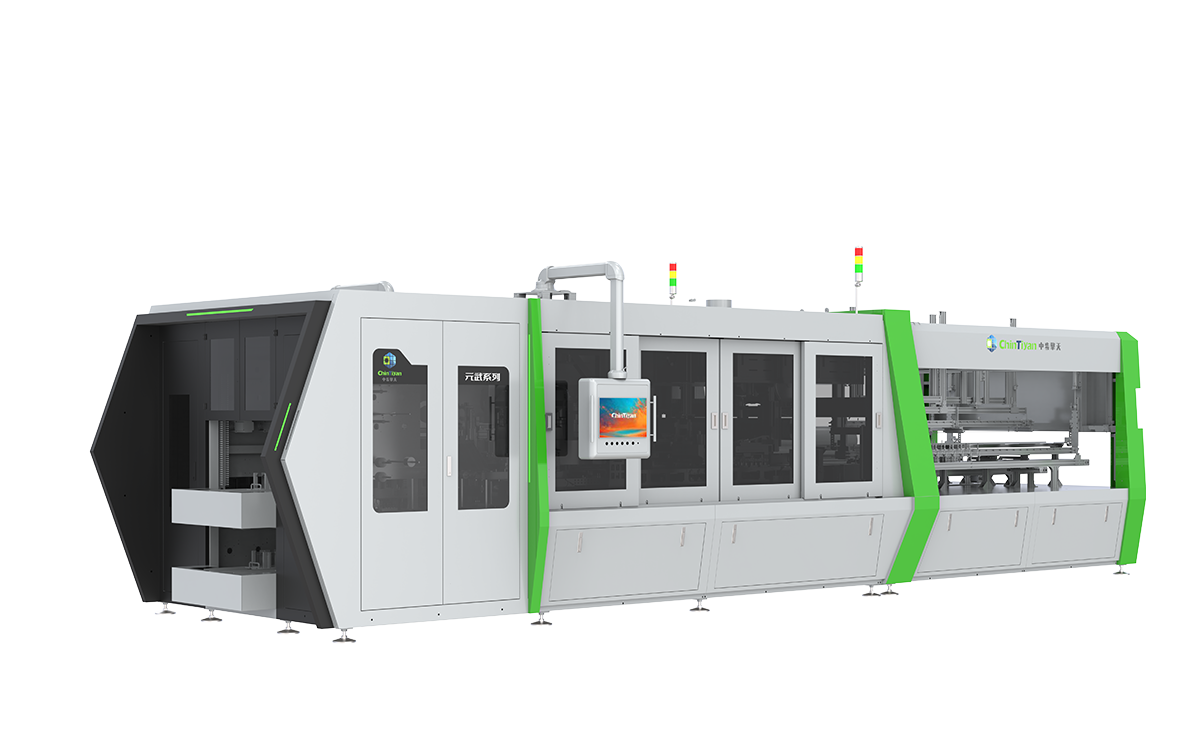Mid-Speed Stringer Machine
Classification:
1. Compatible with busbar number: 3BB to 20BB. 2. Uptime≥ 95%. 3.Capacity: 156 to 210 cells. 4. Welding speed: 1600 pieces/hour.
Contact:
Details Introduction
The CTM-20 series welding machine is an automated production device designed for the series welding of conventional cells, compatible with cells ranging from 156 to 210 (3BB to 20BB). It can produce series of 156 to 210 cells, including half and one-third cell configurations. The equipment utilizes advanced automation technologies, such as PLC, servo, and machine vision, to achieve fully automatic processing from the loading of cells to the output of the series.
| Welding speed half sheet: 1600 pieces/hour | Equipment utilization rate is greater than or equal to 95% |
| Breakage rate is less than or equal to 0.25%, grade A solar cell | Welding method infrared heating welding |
| The chamfer of the single crystal cell is welded separately to the front and back | PLC + servo control system |
Parameter
Equipment Parameter
| Equipment Model | CTM20 Stringer |
| Uptime | ≥ 95% |
| Capacity | 166~210 cells: half a piece is more than 1600 pcs/h |
| Breakage Rate | ≤0.25% |
| Inspection System | CCD |
| Flux Application | Welding strip immersion |
| Welding Method | Infrared welding |
| Integrated Positioning Accuracy | Position deviation: ±0.1mm, Angle deviation: ±0.05° |
| Cell Size | 166~210mm cell and corresponding half piece, 1/3 piece of the cell |
| Busbar Count | 3BB-20BB (25BB extensible) |
| Cell Thickness | 170um~200um |
| Maximum String Length | 1400mm |
| Positioning Accuracy | X/Y: ≤±0.1mm, θ: ≤±0.05° |
| Defect Detection | It can detect defects such as corner deficiency, edge collapse, cracking, screen printing skew and displacement |
| Inter-cell Gap | -1mm to 5mm |
| Gap Accuracy | ±0.3mm |
| Magazine Capacity | 360 small cell packs |
| String EL test | Welding defects such as false welding and hidden cracks |
| String Reject Rate | ≤3% |
| Overlap/Flip Rate | ≤15% |
| Ribbon Specifications | Welding wire types: φ0.29 to φ0.45mm, size tolerance ±0.01 yield strength: 70~80MPa tensile strength: ϗ150MPa elongation: ϗ25% |
| Ribbon Parameters | Average thickness of one side of tin layer: 0.018±0.005mm or more purity of copper substrate: 99.97% or more elongation: 20% or more tensile strength: 150MPa or more yield strength: 70MPa or less |
| Power Supply | Three-phase 380V,50Hz three-phase five-wire (L1/L2/L3/N/PE), incoming line specification 4x10mm²+1x6mm² |
| Power Consumption | The average power is 15kW and the peak power is 20kW |
| Air Supply | Pressure 0.6-0.8Mpa; gas consumption: more than 1200L/min; the intake pipe is filled with φ16mm hose |
| Air quality requirements for compressed air: maximum solid particle size: 15μm (grade 3); minimum pressure dew point: +3℃ (grade 4); maximum oil mist concentration: 5mg/m3 (grade 4) | |
| Exhaust System | The diameter of the top exhaust pipe is Φ70mm; the comprehensive exhaust flow rate is> 140m³/h; the diameter of the exhaust pipe is Φ70mm; the comprehensive exhaust flow rate is> 140m³/h; the exhaust temperature is high, and the exhaust pipe adopts PVC pipe |
| PLC | Befre compact industrial PC |
| HMI | Yikong ground station computer software includes parameter setting, fault diagnosis, alarm, product statistics, status recording and so on. |
| MES Interface | Reserve Ethernet port, support TCP/Ip and Befu ADS protocol |
Keyword:
Mid-Speed Stringer Machine
Production Strength
What is Our Collaboration Process?
We consider after-sales service the beginning of a long-term partnership, not the end of a transaction. We provide a full-spectrum "service ecosystem" that covers the entire journey from initial discussion to stable mass production.
1.Collaboration and Delivery Process
Requirement Confirmation & Technical Discussion: We start with in-depth communication to clarify product specifications, capacity goals, and technical requirements, providing a preliminary technical solution.
2.Plan Finalization & Contract Signing: Upon reaching a technical consensus, we proceed to draft and sign the commercial contract and technical agreement.
3.Production Line Construction & Equipment Manufacturing: In parallel, you can proceed with plant construction/renovation, utility preparation, and team building. We simultaneously conduct lean manufacturing and assembly of the equipment.
4.Factory Acceptance Test (FAT): After assembly and debugging, we warmly welcome you to our facility for a pre-acceptance test to verify equipment performance firsthand.
5.Maritime Logistics & On-site Installation: Following FAT, equipment is shipped via maritime logistics to your plant. Our engineer team will be on-site to guide installation and positioning.
6.Commissioning & Site Acceptance (SAT): After installation, our engineers perform precise commissioning and complete the final Site Acceptance Test, ensuring the line meets all agreed performance metrics.
7.Training & Guided Production: We provide comprehensive operation and maintenance training, and guide you through small-batch trial production to ensure your team can operate the line independently.
8.Long-term Support & Continuous Improvement: Our comprehensive long-term after-sales service begins after mass production, including remote support, spare parts supply, periodic visits, and technical upgrade services, ensuring your sustained production and future growth.
Is BC technology the Future?
BC (Back Contact) technology is undoubtedly a key direction for next-generation high-efficiency PV modules. Its busbar-free front side offers not only superior aesthetics but also significantly reduces shading, leading to higher light absorption and increased power output. Rather than simply declaring BC as the only future,In fact, BC is a platform technology that can be combined with techniques such as Topcon HJT and perovskite tandem cells to squeeze out the last drop of efficiency gains.
Therefore, we believe BC technology will remain at the forefront of the upcoming technological transformation, making now the opportune moment to invest in BC.
What Information is Required to Establish a Production Line?
This is straightforward.
Firstly, we need to understand the type of modules you wish to manufacture: conventional or flexible, large-format or small-format, and whether any specialised processes are required. Secondly, we require details of your production line capacity requirements – be it a 50MW manual line or a 2GW fully automated dark factory.
Finally, if you have already constructed a facility for your project, we need to know the dimensions of the building; a CAD file would be most helpful if available. Naturally, should you be unfamiliar with photovoltaic module manufacturing, there is no need for concern. We shall recommend the most suitable production line design based on your market requirements.
Why We Say "NO" to Fast Quotes ?
Whilst we offer some of the most competitive pricing in the industry, we firmly believe that a well-designed production line holds far greater value than the mere pursuit of low cost. A single quotation cannot suit all. Only after gathering the necessary information and undertaking a bespoke design tailored to each product's characteristics and process requirements can we provide a quotation truly worthy of discussion.
Related Products


